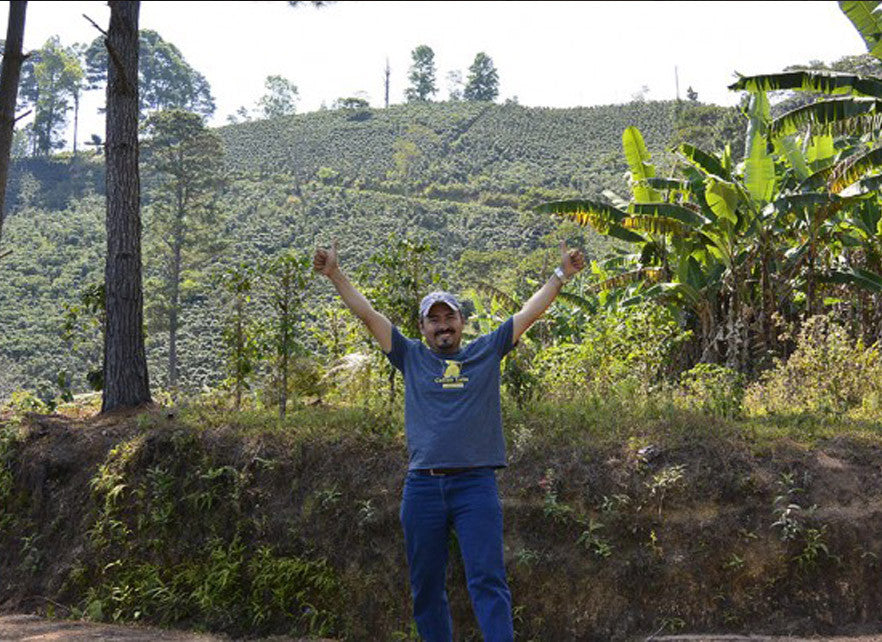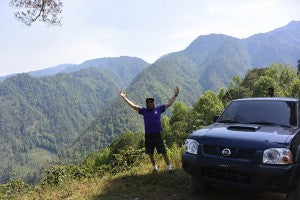
Finca Orellana, Honduras 2015
Share
It’s mid April 2015, and once again I find myself in Honduras. I’m outside the airport, waiting for coffee farmer and friend of mine Bryan Orellana to pick me up and take me up to his farm. Last time I was here was for Coffee Fest 2014 in Copan. While participating in a cupping there, I came across a coffee that dramatically stood out from the rest. I thought I might have found what I had come to find, and I was right. That coffee was from Bryan’s farm. After that first tasting, I met Bryan and we spoke at length about his coffee farming methods and his operation. The level of his knowledge was awe inspiring, especially considering that at the time he had only been growing coffee for four years. In those short years he had won first prize at the Cup of Excellence competition in 2013, and placed second in 2014. If a mere four years of experience had produced a coffee of this high quality, I knew I must have come across something great. Back at the airport, Bryan pulled up at the terminal in his old pick up truck. I threw my stuff in the back and we headed up to Finca Orellana. Bryan and I drove on for several hours into the mountains towards the farm. At a certain point, the road became impassable and we had to set out on foot. Once we arrived at the farm however, it was well worth the trip. Hearing about Bryan’s farming methods is one thing, but seeing them for myself was something else entirely.
Finca Orellana consists of about twenty hectares of Bourbon, Pacamara and Catui varietals. Every single coffee tree was situated so it would receive just the right amount of shade provided by the towering trees above it. Bryan told me the soil had been analyzed and naturally fertilized so it contained just the right nutrients and minerals for coffee growing. Scattered among the lots of coffee were other fruits including banana, mora (a blackberry/raspberry hybrid), pineapple and passion fruit. In between all of these there are dozens of jasmine plants.


All of these plants are here to allow the bees in the area to cross-pollinate between their flowers and the coffee flowers. This influences the flavor profile of the finished product and is good for the overall health of the coffee plant. Bryan has created an ideal and flourishing ecosystem specifically tailored for growing the best coffee Honduras has to offer. As we continued to walk through the burgeoning farm and Bryan explained more about his methods, we came to his wet processing mill. All of the coffee grown here is processed using either wet milling, natural process or in some rare cases honey process. The mill is slated to be demolished and replaced in the near future with a new more modern facility, and I believe this mark growth and success is a sign of things to come in Honduran coffee.
Bryan’s methods are exceedingly rare in Honduras. His closest neighbors farm is covered only with coffee trees, and none of the techniques Bryan is working with are used there. Growing coffee in this more efficient yet lower quality way is definitely the norm in Honduras. However, with the help of people like Bryan Orellana and enough interest in these coffees, we can continue to reward practices like Bryan’s and thus make his methods more common. His coffee is already gaining traction. Bryan and I were actually interviewed on the local news while I was there, where we discussed the new methods described here and the changes he is trying to make to general industry standards. With all of the great work that Bryan and his team are doing to create great coffee, we very much look forward to the next several years of working with Finca Orellana.


